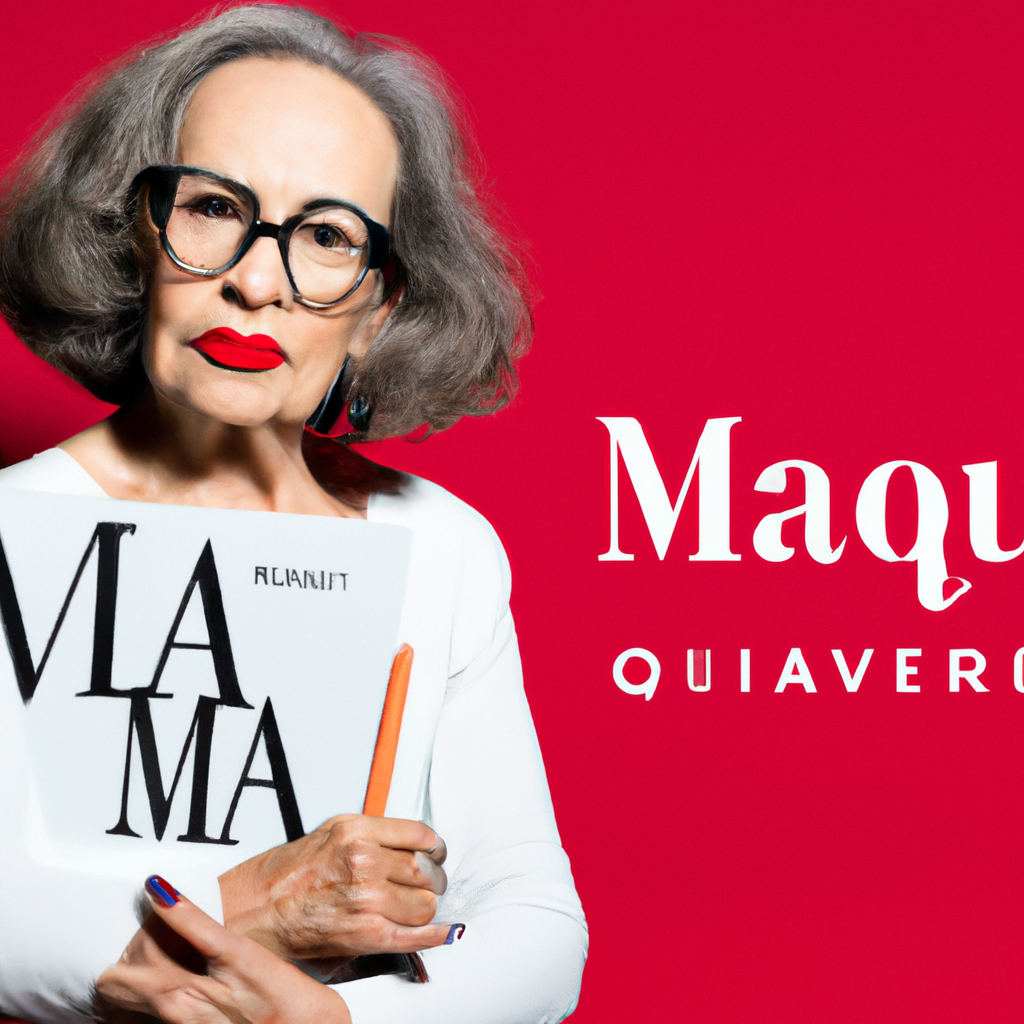In a seminal stride towards shattering the glass ceiling in the art world, Marion Ackermann ascends as the inaugural woman to spearhead Berlin’s ensemble of venerable institutions, the State Museums. Amidst the historic milieu of Berlin, these 15 museums have stood as bastions of culture, art, and historical discourse, yet this marks the first instance where a woman will orchestrate their collective symphony.
The weight of this accomplishment cannot be understated. Ackermann's ascent to this pinnacle role underscores a broader recalibration within the realms of global art leadership, which has long been dominated by a largely homogeneous profile. Her leadership promises not just a fresh perspective but a transformative one that might very well recalibrate how we engage with and interpret the corridors of history and culture housed within these institutions.
Beyond her gender, Ackermann's illustrious journey through the art world predicates her deservingness of this role. Known for her innovative approach to curatorial practices and her profound commitment to integrating modern technological interfaces with traditional art narratives, Ackermann is poised to infuse Berlin’s State Museums with a novel vibrancy.
This appointment comes at a critical juncture. As the art world grapples with the digital revolution and broader societal shifts, leadership that is not just adaptable but visionary, becomes imperative. Ackermann's tenure at other prestigious institutions was marked by an exemplary knack for fostering interdisciplinary dialogues and leveraging multimedia platforms to enhance the museum experience, suggesting her directorship will adeptly extend beyond conventional management into realms of impactful innovation.
For New York City, a melting pot of varied artistic and cultural expressions, this development holds particular significance. The appointment of such a dynamic figure at the helm of one of the world’s most significant clusters of museums is a source of inspiration, signaling a historic transformation that resonates far beyond the borders of Berlin, influencing global cultural policies and practices. It encourages our own cultural institutions to reflect on their leadership structures and the diversity of voices at the decision-making tables.
As Marion Ackermann prepares to take on her new role, the international art community watches keenly. Will her stewardship herald a new era for Berlin’s State Museums? The implications are profound, promising a future where art institutions not only preserve heritage but propel the very frontiers of cultural dialogue and inclusivity.

